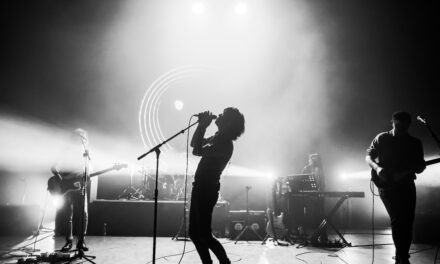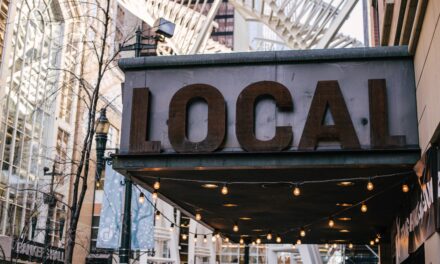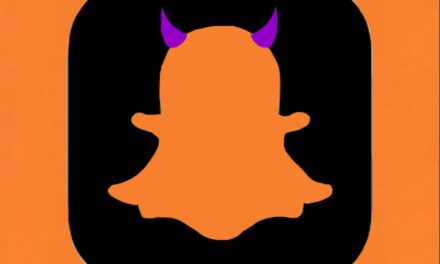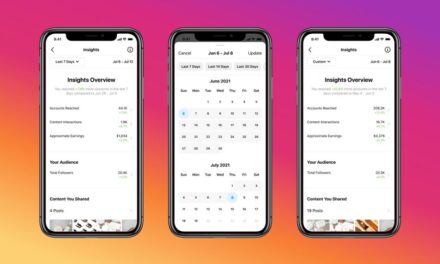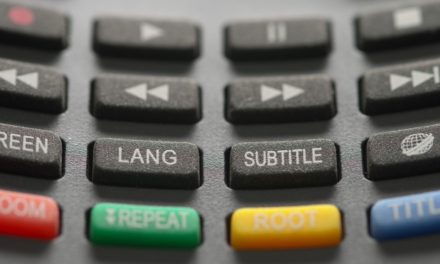Lately, we’ve been having a lot of conversations wrapped around strategy and the value that comes with being experts in the planning and strategy process of media placement. Many of the clients I work with have creative content ready to go, and are seeking out help specifically for media planning and strategy. Sounds like a perfect fit for me, right? Not always.
When creative assets are completed, we find ourselves creating a media plan to fit those assets (instead of the other way around), and consequently eliminating the element the client was originally seeking: strategy.
This circles back to the often argued question, “What’s more important, medium or messaging?” For whatever reason, the industry seems to separate these two critical components that are, or should be, hand and hand. The right message will make your media dollars work even harder and at times extend your reach, but on the other end, the wrong message anywhere becomes irrelevant and a waste of your dollars.
With digital coming into the conversation, as a driver in sophisticated targeting, creative is expected to change in real time, be fluid to our behavior, and work as a servant to media to create the best user experience.
Media strategy is wrapped around telling a specific story to a specific audience and it’s not always a universal message. For a strategy company, messaging is second to medium every time, but that is hardly the case. Creative must adapt to the medium that activates it.
It’s time for the industry and brands to see creative as the gas and the engine.


